Hey there, fellow Earth dwellers! Ever wondered if the way we grow our food could change for the better? Well, sustainable agriculture might just be the superhero we need. In this chat, let’s dive into the nitty-gritty of whether sustainable farming can become the big boss of the food world or not.
So, What’s the deal with sustainable agriculture?
It’s not just a fancy term; it’s a whole philosophy of farming that’s like a love letter to the Earth. At its core, sustainable agriculture is about nurturing the land, respecting our resources, and creating harmony between humans and nature.
Picture this: farms that don’t harm the planet but make it happier. That’s the dream of sustainable agriculture. It’s all about farming in a way that’s kind to Mother Earth, keeps our water clean, and doesn’t overdose on the chemicals.
But that’s not all! Sustainable farming throws a party for biodiversity. Instead of the same crop over and over again, it’s like a buffet of different plants, creating a symphony of life on the farm. Plus, it’s giving climate change a run for its money by capturing carbon and keeping things cool.
And guess what? It’s not just about veggies. Sustainable farming is also throwing a lifeline to small farmers, supporting local economies, and making sure everyone gets a fair slice of the pie.
Growing Good Vibes: Core Principles of Sustainable Agriculture
Picture this: a farm where the soil is treated like gold, water is used wisely, and biodiversity isn’t just a bonus – it’s a necessity. That’s the heart of sustainable agriculture.
-
Soil Health:
Sustainable farmers are like soil doctors. They focus on keeping the soil healthy and thriving. No harsh chemicals strip the land of its vitality – instead, they embrace practices like crop rotation and cover cropping to keep the soil nutrient-rich and happy.
-
Water Conservation:
Water, our liquid gold, is treated with the utmost care in sustainable agriculture. Farmers use smart irrigation techniques and rainwater harvesting, ensuring that we’re not draining our water resources faster than they can replenish.
-
Biodiversity Boogie:
Forget the monotony of endless rows of the same crop. Sustainable agriculture throws a biodiversity party. It’s like having a mixtape of different crops – each playing its tune, supporting and enhancing the overall farm symphony. No monoculture blues here!
-
Conservation of Resources:
Waste not, want not – that’s the mantra. Sustainable agriculture minimizes waste and recycles resources. It’s about being efficient with what we have and ensuring that future generations have fertile ground to sow their seeds.
Why Should You Care?
Because It’s Our Food Future!
Now, you might be thinking, “Why should I care about sustainable agriculture?” Well, buckle up because here’s the kicker – it’s not just about the farmers and the soil; it’s about us. Our food. Our future.
As the population keeps doing its upward dance, we need a way to feed everyone without trashing the planet.
Sustainable agriculture isn’t just an option; it’s a necessity. It’s about ensuring that the food on our plates is not just tasty but comes with a side of environmental responsibility.
So, whether you’re a seasoned environmental advocate or just someone who loves a good tomato on their sandwich, sustainable agriculture is a movement worth getting behind. It’s about planting the seeds of change and watching them grow into a future where our food sustains not only our bodies but the planet we call home.
Gazing into the Crystal Ball: The Next Big Things in Sustainable Agriculture
A Future Where Fields Are Ecosystems, Not Just Plots of Land.
So, as we gaze into the crystal ball of sustainable agriculture’s future, it’s not just about farming; it’s about a green revolution that’s redefining how we coexist with our planet.
It’s a vision where technology dances with nature, consumers become eco-warriors with their wallets, and global collaboration and policies pave the way for fields that are not just fields but thriving ecosystems sustaining us all.
Precision Agriculture Making Every Drop Count:

Imagine a world where farmers are like high-tech wizards, using sensors, drones, and smart AI to ensure every seed gets the royal treatment and every drop of water is used with utmost efficiency. That’s the magic of precision agriculture, a trend that promises not just better yields but also smarter and more sustainable farming.
Vertical Farming: Farms in the Sky:
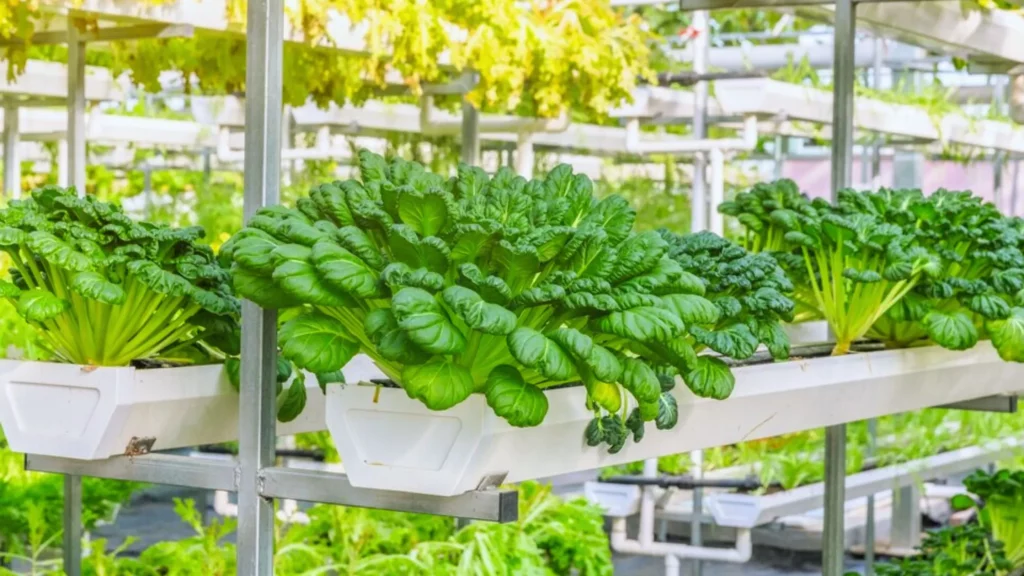
Picture this: farms stacked in skyscrapers, bringing agriculture right into the heart of our bustling cities. Vertical farming is breaking new ground, saving space, and reducing the need for vast expanses of land. It’s a futuristic vision where the produce of tomorrow could be grown just a stone’s throw away from where we live.
Regenerative Agriculture: Healing the Earth, One Harvest at a Time:
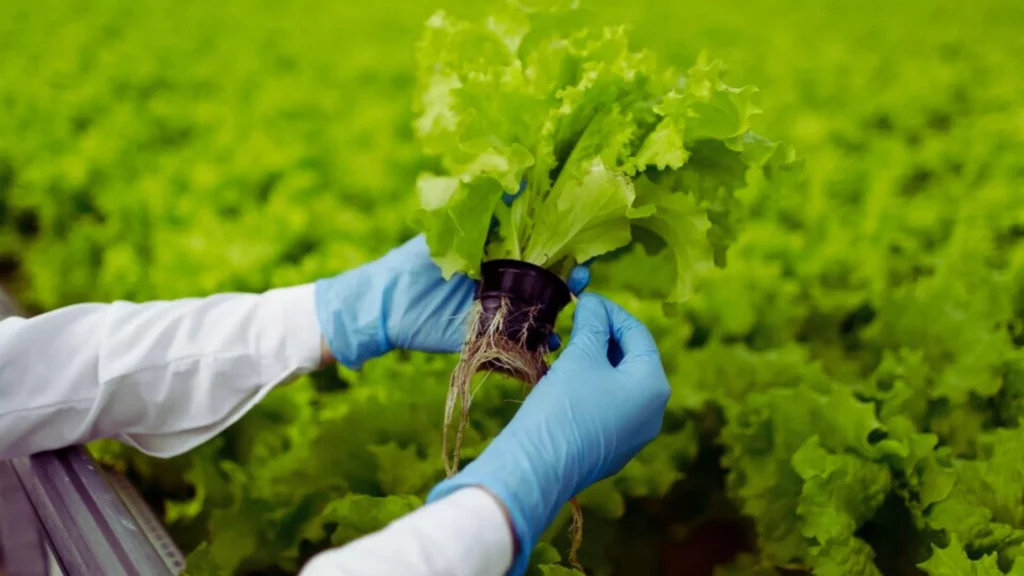
The whispers of regenerative agriculture are turning into a full-blown symphony. Farmers are embracing practices that not only sustain but actively regenerate the soil. Think cover cropping, rotational grazing, and minimal tillage becoming the norm – not just for healthier harvests but for a planet on the road to recovery.
Seizing Tomorrow’s Opportunities: Opportunities that Make Sustainable Agriculture Thrive
The seeds of change are sprouting, and the narrative is evolving. It’s a journey where every choice, every farmer, and every conscious consumer plays a vital role. So, let’s keep this dialogue alive, plant more seeds of change, and watch as sustainable agriculture continues to weave its remarkable story into the fabric of our food future.
1) Tech Innovations: Farming Meets Sci-Fi:
The future of farming is looking like something out of a sci-fi movie – in the best way possible. With advanced weather forecasting, smart equipment, and tech innovations galore, sustainable agriculture is not just about eco-friendliness; it’s about being smart, efficient, and economically viable for our hardworking farmers.
2) Consumer Power: Wallets That Speak Green:
You know that saying, “money talks”? Well, in the world of sustainable agriculture, it’s more like a roar. As consumers become more aware of environmental issues, their wallets are demanding sustainably produced food. It’s not just a trend; it’s a shift in values that’s shaking up the entire way we think about our food.
3) Global Teamwork: Because Green Knows No Borders:
Challenges in sustainable agriculture don’t respect borders, and neither should solutions. Global collaboration is becoming a game-changer. Picture farmers from different corners of the world sharing tips, implementing international standards, and tackling climate issues together. It’s a future where unity and shared responsibility drive change.
4) Policy Support: Governments That Cheer for Green:
Governments are waking up to the green revolution. Picture policies that aren’t just supportive but downright cheering for sustainable practices. Subsidies, incentives, and regulations that shout, “Hey farmers, go green, and we’ve got your back!” It’s a future where policies align with the champions of sustainable farming.
5) Agroecology: Farming Like Mother Nature’s BFF:
Imagine fields where every farmer is like a guardian of nature, working hand-in-hand with the environment. That’s the vision of agroecology. It’s about creating farming systems that mimic natural ecosystems, fostering biodiversity, and regenerating the land. Picture crops, animals, and humans living in harmony, and you’re on the right track.
6) Carbon Farming: Turning Carbon from Villain to Hero:
We’ve all heard about the villainous carbon causing climate chaos, but what if we told you it could be a hero? Enter carbon farming – a concept where farmers actively capture and store carbon in the soil. It’s like a superhero cape for the Earth, tackling climate change while ensuring our crops thrive.
7) Smart Farming Communities: Where Farmers Rule:
Imagine a future where farmers aren’t just producers but decision-makers in a thriving community. Smart farming communities are popping up, using data, connectivity, and good old farmer wisdom to make informed choices. It’s a future where the farmer is the captain of the ship, steering toward sustainable and prosperous horizons.
8) Urban Agriculture Revolution: Green Sprouts in Concrete Jungles:
Picture a city where rooftops, balconies, and abandoned lots are transformed into vibrant farms. Urban agriculture is not just a trend; it’s a movement. From community gardens to hydroponic setups, it’s a future where cities don’t just consume but actively contribute to sustainable food production.
9) Circular Agriculture: Where Waste is a Resource:
Imagine a farm where nothing goes to waste. Circular agriculture is all about closing the loop – turning farm waste into resources. From composting crop residues to using animal manure as fertilizer, it’s a future where every part of the farming process has a purpose.
10) Personalized Nutrition Farms: Your Food, Your Way:
In the future, your plate might be a canvas, and personalized nutrition farms could be the artists. These farms grow crops tailored to individual health needs, incorporating the principles of agroecology and precision farming. It’s not just about what’s on your plate; it’s about what your body needs.
You may also read: Global Farming Trends: Exploring Practices Around the World.
The Symphony of Sustainability: Biodiversity’s Jam on the Farm:
Let’s talk about the biodiversity bash happening on sustainable farms. It’s not your typical mono-crop party; it’s a full-blown symphony of life!
Imagine fields where a variety of plants dance together, creating a natural orchestra. This biodiversity bonanza isn’t just for show – it’s a powerhouse of benefits.
Diverse crops don’t just look pretty; they play crucial roles in supporting each other. Some plants ward off pests, while others fix nitrogen in the soil, creating a harmonious ecosystem.
It’s like Mother Nature’s own version of teamwork. And here’s the kicker – it makes the farm more resilient to challenges like pests and diseases. It’s not just farming; it’s farming with a natural rhythm.
Now,
let’s turn up the heat on climate change. Sustainable agriculture isn’t just sitting on the sidelines; it’s in the ring, gloves on, ready to take on the heavyweight champion. How? By capturing carbon and keeping things cool.
You see, healthy soil is like a superhero cape for the Earth. Sustainable farming practices, like cover cropping and minimal tillage, boost soil health, turning it into a carbon storage powerhouse.
Carbon, instead of floating around as a troublemaker in the atmosphere, becomes a soil ally, enriching the earth beneath our feet.
And let’s not forget the literal cool factor.
Agroforestry, where trees and crops mingle, provides shade and reduces the heat. It’s like nature’s air conditioner, keeping temperatures on the farm and in the atmosphere in check.
So, sustainable agriculture isn’t just about growing food; it’s about being a climate superhero.
But
Hold on, the party’s not over. Sustainable agriculture isn’t just about the land; it’s about the people who work in it.
Small farmers, often the unsung heroes of the food story, are getting their fair share at this fiesta.
Imagine a world where every farmer, no matter how small, gets a fair slice of the pie. Sustainable agriculture is making this dream a reality.
By supporting local economies and promoting fair trade practices, it ensures that the benefits of farming reach everyone involved.
It’s not just about growing crops; it’s about growing communities.
Sustainable agriculture is a social soiree where everyone is invited, and everyone has a seat at the table. Because a truly sustainable future isn’t just green fields and clean water – it’s about fairness and equity for all.
But Wait,
There’s Trouble in Paradise.
The Battle of Change.
The road to sustainable glory isn’t all rainbows and sunshine.
Hold on tight, because the journey to sustainable glory is not a walk in the park.
It’s more like a roller coaster with unexpected twists and turns.
Picture this: a dance floor where everyone’s doing the two-step, and suddenly, you want to break into a salsa. That’s the kind of challenge sustainable agriculture is facing.
First off, not everyone is ready to swap their cowboy boots for salsa shoes. Farmers, accustomed to traditional methods passed down through generations, are hesitant to break from the routine. Change is a tough dance partner, and it takes time to convince folks that there’s a new rhythm in town. It’s not a rejection of the old ways; it’s more like adding a few new moves to the dance.
And have you seen the size of those global food supply chains? They’re like intricate webs controlled by big agribusinesses.
The challenge is twofold: encouraging these behemoths to embrace eco-friendly practices and ensuring that the benefits trickle down to the smaller players in the chain.
It’s not about dismantling the web but weaving it into a pattern that benefits everyone, from the farmer to the consumer.
Changing the game requires convincing these giants that sustainability is not just a buzzword but a way of life.
Also, some folks aren’t ready to ditch the old ways. They’ve been doing things a certain way, and change can be as stubborn as a mule.
Tech is also playing catch-up.
While technology is a key player in the sustainability game, it’s still getting its dance steps right. We need more innovations to make sustainable farming not just efficient but downright sexy. From precision agriculture to smart irrigation, the tech world has the potential to be the Fred Astaire of sustainable practices.
Research and development are the backstage crew, working on solutions that make sustainable farming not only environmentally friendly but also economically viable. The dance of technology and sustainability is still in its early stages, but the potential for a show-stopping performance is undeniable.
We need more innovations to make sustainable farming smoother and sexier.
Now,
let’s talk about the elephant in the room – the money talk.
Going green might mean spending some extra green up front. Sustainable practices often require initial investments in new equipment, training, and transitioning fields.
Not everyone’s wallet is singing hallelujah to this upfront cost. It’s a legitimate concern, and finding ways to make sustainability financially viable for farmers is a puzzle yet to be fully solved.
And let’s not forget the paperwork – policies need to be on the side of the green warriors, not the industrial giants.
It’s about creating an environment where sustainable practices are not just encouraged but rewarded. Like any good performance, it requires coordination, collaboration, and a script that champions the protagonists of sustainability – our farmers and the future of our planet.
So, How Do We Make This Happen?
Hold onto your hats, because it’s not all doom and gloom.
There’s a way forward!
1) Education is key.
Dive deeper into the human aspect of this green revolution. Sustainable agriculture isn’t just about saving the planet; it’s about empowering the everyday heroes – our farmers.
We need to show our farmers the ropes and give them the tools to be sustainable rockstars. After all, knowledge is power!
Imagine a world where farmers aren’t just growers but stewards of the land. Sustainable farming practices acknowledge the hard work our farmers put in and give them the tools to be true custodians of the Earth. It’s not just about yields; it’s about fostering a connection between farmers, their land, and the communities they feed.
In the sustainable narrative, every farmer is a protagonist, and their stories matter. From the family-owned orchards to the small-scale vegetable plots, each contributes to a tapestry of sustainable food production.
These are the unsung heroes in the agricultural story, and their dedication is what propels the sustainable agriculture movement forward.
2) YOU, yes, you!
Alright, let’s talk about you – the savvy, eco-conscious consumer. Your grocery list has power too. By choosing sustainable products, you’re sending a message – we want eco-friendly goodies, please!
Your choices at the grocery store are like votes for the kind of world you want to live in. When you choose organic, locally sourced products, you’re essentially giving a high-five to sustainable farmers.
The demand for sustainable products is a driving force behind the change we seek. Your decision to support eco-friendly practices creates a ripple effect, sending signals through the supply chain. It’s like a handshake between you and the farmer, saying, “Hey, keep doing the good work; we’ve got your back!”
3) Governments, we’re looking at you.
Now, let’s have a word about the folks in power – the governments.
Time to put your superhero capes on and back up sustainable farmers with policies and sweet incentives. International teamwork wouldn’t hurt either. It’s a global challenge, and teamwork makes the dream work.
They hold the magic wand that can turn policies into actions. Imagine if governments worldwide waved that wand in favor of sustainable agriculture. We’re talking about incentives, subsidies, and regulations that tip the scales in favor of the green warriors.
International cooperation is also key. When countries join hands and share knowledge, it’s like a global potluck where everyone brings something to the table. A sustainable farming potluck, if you will, where ideas, innovations, and best practices are shared freely.
Digging into the Green Success Stories: Case Studies of Flourishing Sustainable Farms
Alright, fellow Earth enthusiasts, let’s take a journey into the heart of sustainable agriculture and explore some real-life success stories that prove the green revolution is more than just a buzzword – it’s a reality. These case studies showcase not just farms but beacons of hope, where the soil is nurtured, the environment is cherished, and success is measured in more than just yields.
- Singing Meadows Farm, Oregon, USA:
The Symphony of Regenerative Agriculture: In the lush landscapes of Oregon, Singing Meadows Farm has become a poster child for regenerative agriculture. This farm dances to the tune of diversity, implementing practices like rotational grazing and cover cropping to regenerate the soil. By allowing the land to rest and replenish, Singing Meadows has not only increased soil fertility but also sequester carbon, contributing to the fight against climate change. - Polyface Farm, Virginia, USA:
Pasture Perfection: Polyface Farm, nestled in the Shenandoah Valley, is a pioneer in sustainable, pasture-based farming. Joel Salatin, the visionary behind Polyface, practices holistic management where animals graze freely on rotated pastures. This not only mimics natural ecosystems but also enhances soil fertility, reduces the need for external inputs, and produces healthier, happier livestock. It’s a farm where the land and the animals live in harmony, showcasing that sustainable farming is not just about what you grow but how you grow it. - Masanobu Fukuoka’s Natural Farming, Japan:
The Art of ‘Do-Nothing’ Farming: In the rice fields of Japan, Masanobu Fukuoka’s natural farming philosophy is a testament to the power of simplicity. Fukuoka believed in letting nature take the lead. No tilling, minimal weeding, and no synthetic inputs. By embracing the “do-nothing” approach, Fukuoka’s farm not only produced bountiful yields but also demonstrated that sometimes, less is more. His practices influenced a global movement towards permaculture and minimal intervention farming. - La Vía Campesina’s Agroecological Farms, Global Movement:
People-Powered Agriculture: La Vía Campesina, a global movement representing small-scale farmers, has been championing agroecological farming practices. From India to Brazil, their farms are a testament to the power of community-driven sustainable agriculture. Agroecology, a blend of traditional wisdom and modern knowledge, emphasizes local autonomy and sustainable resource use. La Vía Campesina’s success lies not just in the practices but in the solidarity and knowledge-sharing among farmers worldwide. - Ragmans Lane Farm, United Kingdom:
Permaculture Paradise: Nestled in the rolling hills of Gloucestershire, Ragmans Lane Farm is a permaculture haven. With a focus on designing farming systems that mimic nature, this farm showcases the art of companion planting, composting, and forest gardening. By embracing permaculture principles, Ragmans Lane has not only increased biodiversity but also transformed the farm into a resilient and self-sustaining ecosystem. - Arunachala Farm, India:
Reviving Indigenous Wisdom: In the foothills of the Western Ghats, Arunachala Farm is a beacon of sustainable agriculture in India. This farm taps into traditional, indigenous farming practices, emphasizing the use of local seeds, organic fertilizers, and natural pest control. By blending age-old wisdom with modern knowledge, Arunachala Farm stands as a testament to the potential for sustainable agriculture to thrive in diverse cultural contexts. - The Farm at Agritopia, Arizona, USA:
Urban Oasis of Sustainability: Amid the desert landscape in Arizona, The Farm at Agritopia is redefining urban agriculture. With a focus on organic farming, agroecology, and community-supported agriculture (CSA), this farm demonstrates that sustainable practices can flourish even in urban settings. By connecting with the local community, The Farm at Agritopia has become a model for sustainable urban farming, providing fresh produce to residents and restaurants alike.
What Led to Their Success? The Winning Strategies:
These farms didn’t just stumble upon success; they crafted it with thoughtful strategies:
- Diversity Is Key:
All these farms embraced biodiversity. Singing Meadows and Polyface rotated crops and livestock, mimicking natural ecosystems. Fukuoka’s natural farming encouraged a mix of crops, creating a self-sustaining ecosystem. - Holistic Management:
Polyface Farm practiced holistic management, recognizing the interconnectedness of soil, plants, and animals. La Vía Campesina’s agroecological approach is holistic, focusing on the entire farming system rather than individual components. - Regenerative Practices:
Singing Meadows and Polyface implemented regenerative practices like rotational grazing, cover cropping, and minimal tillage. Fukuoka’s natural farming approach focused on regenerating the soil without disrupting its natural processes. - Community Engagement:
La Vía Campesina’s success is rooted in community engagement, emphasizing the importance of local knowledge and cooperation. - Permaculture Prowess:
Ragmans Lane Farm utilized permaculture principles, promoting a harmonious relationship between plants, animals, and the land. Arunachala Farm in India drew on indigenous knowledge, showcasing the importance of preserving and adapting traditional farming methods. - Local and Organic Focus:
The Farm at Agritopia prioritized organic farming methods, demonstrating that sustainable practices can thrive in urban environments. Arunachala Farm’s emphasis on local seeds and organic fertilizers highlights the significance of region-specific approaches to sustainability. - Community-Centric Approach:
The Farm at Agritopia’s success is rooted in its community-supported agriculture model, fostering a direct connection between farmers and consumers. La Vía Campesina’s global movement also thrives on community engagement, emphasizing the strength of collective action.
In these cases, success isn’t just about high yields; it’s about creating resilient ecosystems, preserving the environment, and fostering a symbiotic relationship between farmers and the land. These farms are living proof that sustainable agriculture isn’t a far-off dream but a tangible reality, with each harvest telling a story of success written by the hands that sow the seeds of change.
In this exploration into the future of sustainable agriculture, one thing becomes abundantly clear – it’s not a distant dream but a tangible reality taking root. The trends and opportunities we’ve uncovered are not just possibilities; they are invitations to be part of a greener, more resilient world.
So, let’s keep dreaming big, nurturing the seeds of change, and tending to tomorrow’s harvest with hope. The fields are calling, and the future of sustainable agriculture is a landscape where every farmer is a steward, every consumer is a conscious eater, and the Earth itself breathes a sigh of relief.
As we wrap up our chat, it’s clear that the story of sustainable agriculture is still unfolding. It’s a tale of challenges, triumphs, and the collective effort of individuals, communities, and nations.
So, will sustainable agriculture ever rule the world? Well, it’s not about domination; it’s about collaboration. It’s about creating a future where the way we grow our food aligns with the well-being of our planet and its people.
So, what do you think? Can we make sustainable agriculture the rockstar of the farming world? Let’s keep the conversation going and see where this green journey takes us!

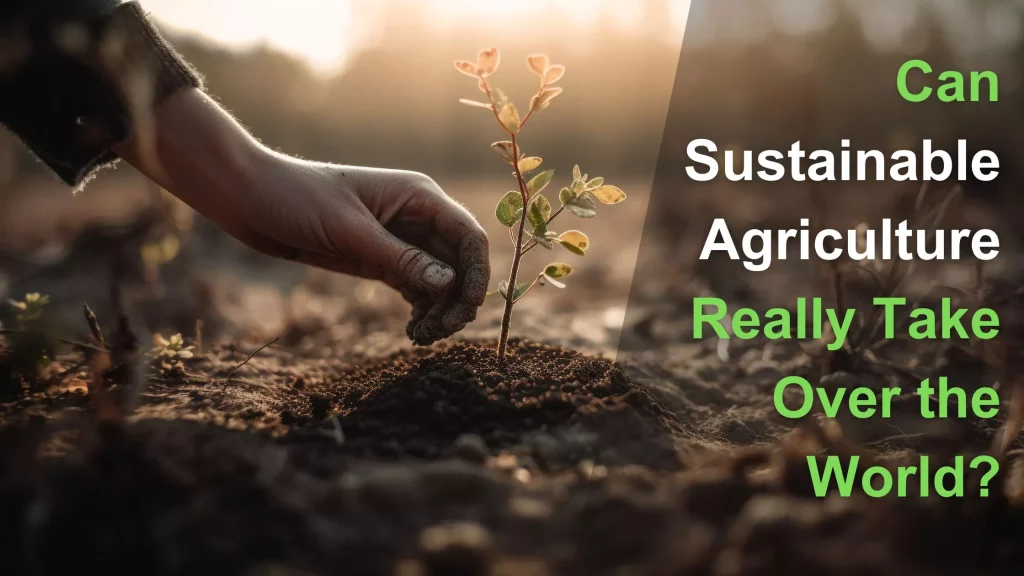
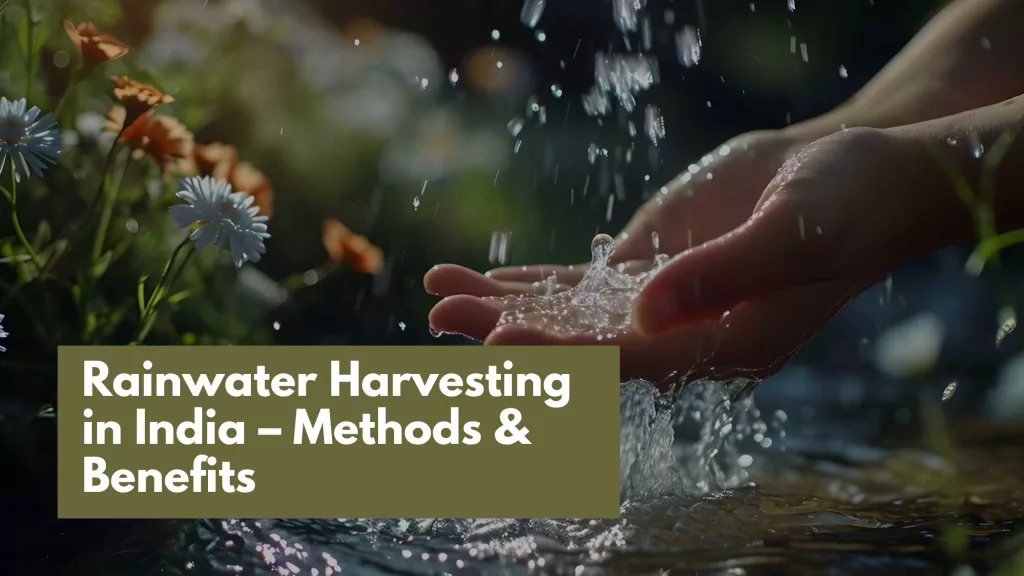
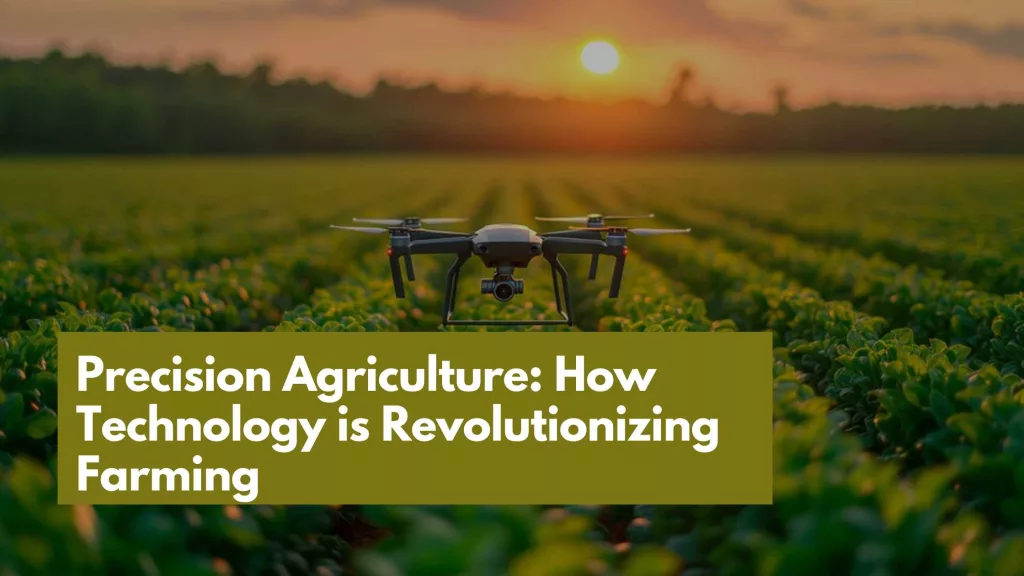
Pretty! This has been a really wonderful post. Many thanks for providing these details.
I appreciate your positive feedback! It’s fantastic to know that you found the post wonderful and the details helpful. If you have any further inquiries or topics you’d like to explore, feel free to share. Thank you for reading and engaging with the content!
I appreciate you sharing this blog post. Thanks Again. Cool.
I loved even more than you will get done right here. The picture is nice, and your writing is stylish, but you seem to be rushing through it, and I think you should give it again soon.
Hey, thanks a bunch for the love! So glad you liked the pic and the style. Got your point about the pace—totally noted! I’ll make sure to take it easy next time. Feel free to drop more suggestions, and stay tuned for more cool stuff!
Your post on sustainable agriculture is like a breath of fresh air. Planting the seeds of change – it’s not just a question; it’s a movement! Exciting to see how sustainability can truly take over the world. Let’s nurture those green dreams!
Thank you for the refreshing comment! Thrilled you see sustainability as more than a question – it’s a movement, indeed! Let’s nurture those green dreams together and make the world bloom with sustainable goodness. Exciting times ahead!
Love the optimism in this title! “Planting the Seeds of Change” sounds like the revolution we need. Curious to explore if sustainable ag can truly transform our global food systems. Let’s dig into the possibilities and maybe get inspired to contribute to a greener, more sustainable world!
Absolutely onboard! The potential of sustainable ag taking over is so exciting. Every small change counts, and if we collectively plant these seeds of change, who knows what impact we can make? Ready to dive into the post and be part of the green wave!
Such a thought-provoking post! “Planting the Seeds of Change” beautifully explores the potential of sustainable agriculture globally. The idea of a more eco-friendly and ethical food system is inspiring. Let’s hope these seeds sprout into a worldwide movement for a greener and healthier future!
Absolutely agree! The prospect of sustainable agriculture taking over is both exciting and necessary. Each seed planted is a step towards a more resilient and ethical food system. Let’s nurture this change and hope it flourishes into a global movement for a better, greener world!
I’m all for sustainable agriculture! Thanks for sharing this thought-provoking post.
Absolutely! It’s fantastic to hear that you’re on board with sustainable agriculture. Your support for environmentally-friendly farming practices is invaluable in the quest for a more sustainable food system. By prioritizing sustainability in agriculture, we can mitigate the negative impacts on the environment, promote biodiversity, and ensure food security for future generations. Thank you for your positive feedback, and let’s continue to advocate for and implement sustainable agricultural solutions together!
Sustainable agriculture taking over the world? Count me in! This post got me excited about the possibilities.
I’m thrilled to hear that you’re excited about the possibilities of sustainable agriculture! Your enthusiasm is contagious, and it’s wonderful to see more people embracing the idea of a greener and more sustainable future for our food system. Sustainable agriculture holds immense potential to address pressing environmental challenges while also promoting economic viability and social equity. Together, we can make a real difference by supporting and championing sustainable agricultural practices. Thank you for your positive comment, and let’s continue to work towards a world where sustainable agriculture truly takes center stage!
Your point of view caught my eye and was very interesting. Thanks. I have a question for you.
yes Sure Ask